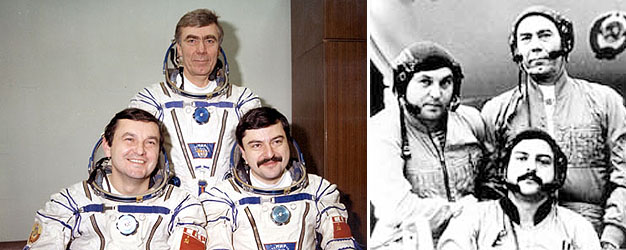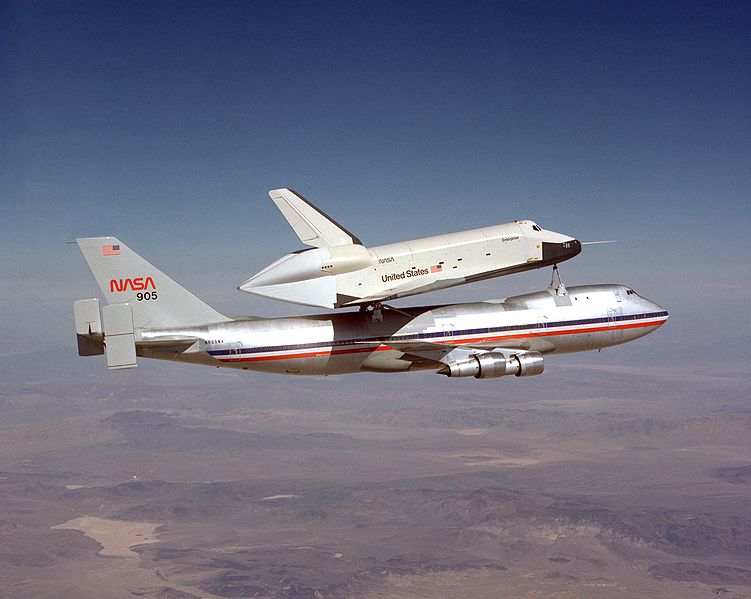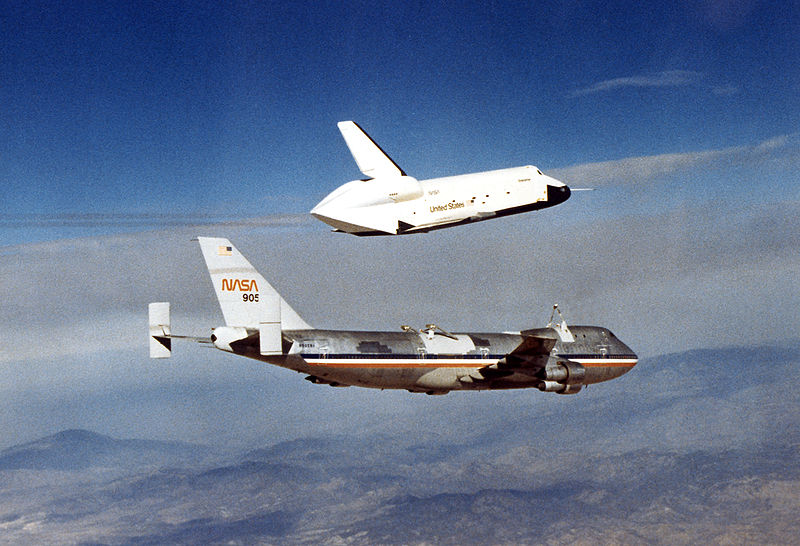Many people will never have heard of ISECG, and this won’t exactly change any time soon as the organisation isn’t focused on delivering its message to the public at large. The International Space Exploration Coordination Group is a multilateral effort by (at date of writing) 13 space agencies* to chart future space exploration goals in what they call a Global Exploration Roadmap whose goal is to reduce duplication in what most nations agree will be an endeavor too costly for any nation acting alone.
“The ISECG is a voluntary, non-binding international coordination mechanism through which individual agencies may exchange information regarding interests, objectives, and plans in space exploration with the goal of strengthening both individual exploration programs as well as the collective effort.”
The organisation will organise a number of workshops during the course of 2014 and after talking about challenges like cost reduction (space agencies can learn something from the likes of SpaceX here), keeping astronauts healthy and productive during space exploration missions and what’s left to be done to enable a human mission to the surface of Mars.
There’s an interesting paper titled “Benefits Stemming from Space Exploration” which outlines by a number of space agencies the benefits of space exploration to society for those who are interested in reading more about it.
Perhaps a bit dry for some, but definitely an initiative that can only be applauded when we all benefit from it. No reason to invent the wheel a dozen times over right?
* The following space agencies are ISECG members (in alphabetical order): ASI (Italy), CNES (France), CNSA (China), CSA (Canada), CSIRO (Australia), DLR (Germany), ESA (European Space Agency), ISRO (India), JAXA (Japan), KARI (Republic of Korea), NASA (United States of America), NSAU (Ukraine), Roscosmos (Russia), UKSA (United Kingdom).















